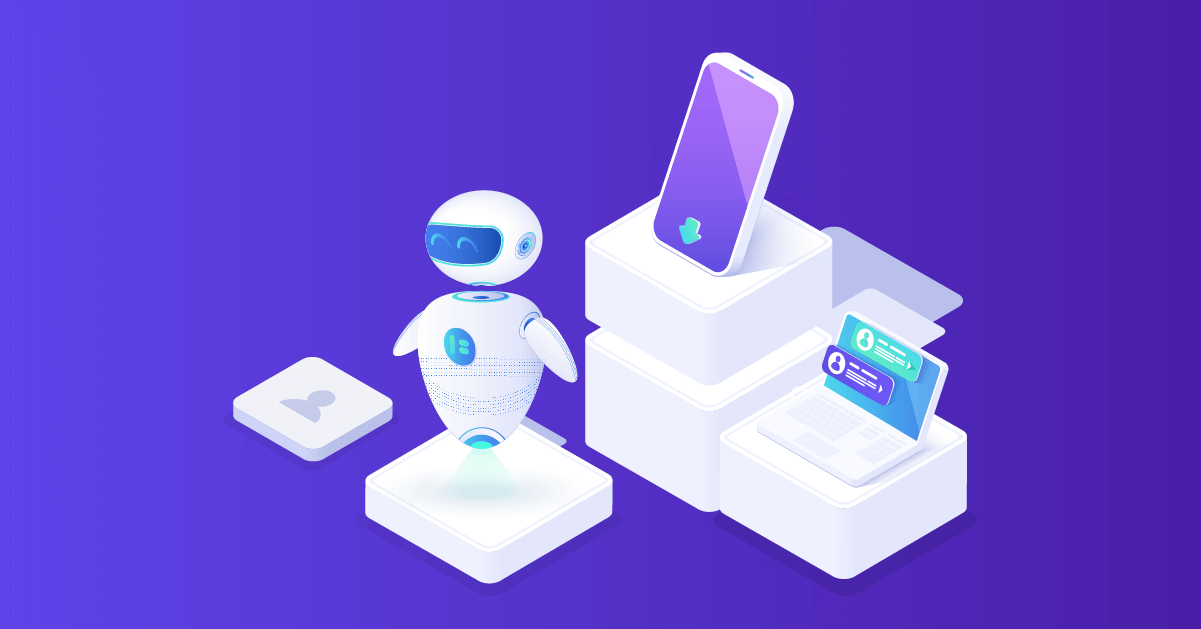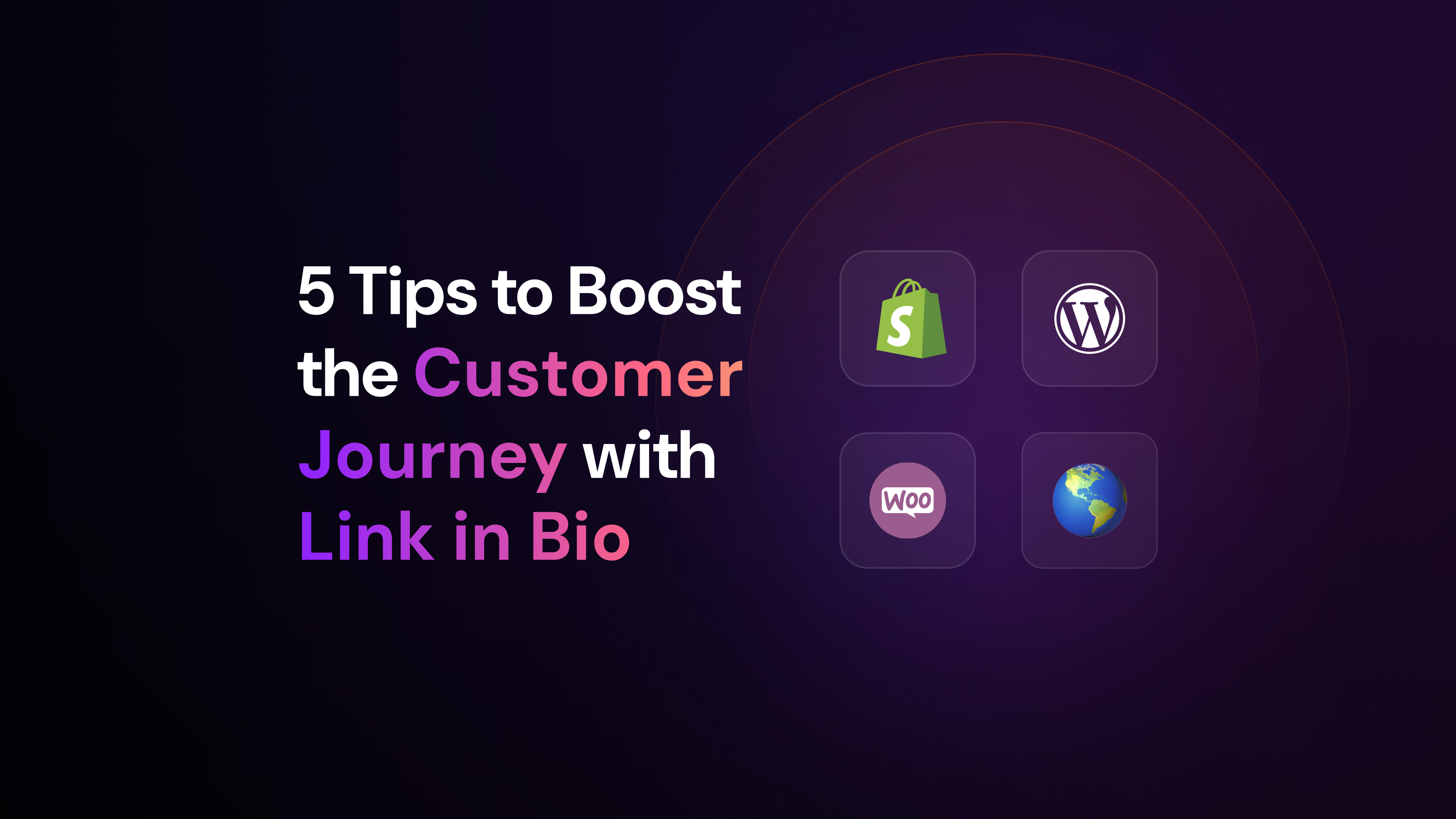Knowing the difference between Live Chats and chatbots can help you figure out how to benefit from the several utilities of using both tools.
Many professionals work day after day to provide customers with the best digital channels for support and general communication.
Gartner predicts that 85% of customer relations will be managed without human interaction by the end of this year. This is a snappy consequence of customers’ expectations regarding how brands communicate with them in online environments.
Customers expect a response from companies they get in touch with, within an hour. However, it isn’t uncommon to find companies that still struggle to respond to consumers. Most terribly, some companies don’t reply to their customers at all.
In this context, solutions like Live Chats and chatbots have erupted to boost response times and optimize interactions. They grant companies ways to immediately reply to customers and get involved earlier in their buying lifecycle.
Have you ever wondered what the main differences between a Live Chat and a chatbot are? Many people have. That’s why we have written this article.
Here, you’ll understand the dynamics of Live Chat vs. chatbot, and figure out which is the best solution according to your goals.
Let’s get started!
What is Live Chat?
As the name suggests, a Live Chat is a tool that allows live interactions to happen between users alone or between users and brand representatives. Live Chats enable instant messaging and have a fantastic potential to become an exclusive place for customers to get real-time support.
Rather than using their phones to call—and eventually hang on the line—, customers that use Live Chats have a more convenient way to talk to brands on their digital properties, whether they’re seeking help or simple information.
According to Zendesk, Live Chats have the second-highest customer satisfaction rate (85%), while talking on the phone remains the most top-performing live interaction (91%). See how small is the gap between them?
Live Chats are responding quite nicely to the need to optimize response times and increase customer satisfaction. Still, Live Chats don’t work solely for customer support. They are ideal to complement sales approaches as engines to increase purchases and conversion rates.
In case you’re curious to know more about this software, we have also listed 40 Live Chat benefits you need to know.
What is a Chatbot?
A chatbot is a software application that simulates a conversation as if humans handle it. Also known as digital assistants, chatbots are often seen as a very promising tool for interaction between humans and machines.
These days, companies from distinctive sectors use chatbots for a huge purpose variety. Whether it is to enhance customer support, help users navigate on their websites, or collect leads’ information, these tools are excellent for transforming how companies communicate with their current and future customers.
Different chatbot usage is based on the fact these tools rely on artificial intelligence and can be programmed to reply to spoken or written messages. A sophisticated chatbot also uses machine learning and natural language processing (NLP) to better address human language.
Because they are simple to use and are available 24/7, chatbots revolutionize customer interactions and fasten their pace. Sixty-nine percent of consumers prefer chatbots over other channels because they provide quicker responses to simple questions. By reaching out to a chatbot, customers save time—and, as you know, time matters.
For those reasons, the market can’t see itself in the future without chatbots. According to Grand View Research, the chatbot market is expected to reach $1.23 billion by 2025 globally. That’s a lot.
Prime factors of Live Chat vs. chatbot
Based on customers’ expectations, Live Chats and chatbots, three core-tasks must be:
- Answering a question
- Giving detailed explanations
- Resolving a complaint
These are things both tools can do effectively. Still, as much as both Live Chats and chatbots serve the same purpose of optimizing response times and elevating customer interactions, there are a few differences that separate them.
Ahead in this post, you’ll find further details to understand how they differentiate.
1 – Scalability
Perhaps the most evident difference in the Live Chat vs. chatbot debate is that chatbots are much easier to scale.
When you implement a Live Chat, you must have people working behind the screen to reply instantly to customers.
Depending on the conversation’s complexity level, sales reps might take longer to reply to more users activating a Live Chat. Recall that a Live Chat agent can answer to a limited number of interactions at a time as well.
Meanwhile, chatbots are programmed to handle multiple conversations simultaneously and reply faster, scaling conversations to employees when needed.
2 – Humanization
Statistics tell us 86% of customers believe there should be an escalate agent option when talking to a chatbot.
That’s reasonable. You probably have gone through a more complex and specific customer issue that demanded human support, and chatbots aren’t able to solve any and everything—yet.
Your team might have to interfere and offer quality responses that are accurate to their needs for specific customers. This is something only Live Chat agents can utterly deliver.
If you’re worried about Live Chat response times, here is an interesting statistic: 95% of customers agree to wait a little more to get a better quality service that matches their expectations.
Think about this for a minute: are your customers more likely to wait for human service or would they appreciate faster chatbot approaches?
3 – Acceptance
While people in the past seemed to dislike interacting with a robot, users these days appreciate having their issues resolved regardless of who is doing it.
Notice that 40% of customers don’t care whether they’re helped by a human agent on a Live Chat or by a chatbot.
Plus, technology has advanced so much that some people don’t even know whether they’re talking to a real person or a very sophisticated chatbot.
4 – Availability
While chatbots work uninterruptedly, Live Chat agents are only available to respond during their working hours.
This is a problem if you intend to make your brand available to users 24/7, especially if you consider the number of conversations that will occur if your customer engagement increases.
You may have thousands of chats per month to reply to. How much human effort should it demand from you and your team?
On the other hand, Live Chats are most likely to make agents multitask more efficiently. Once they’re ready, Live Chat agents will identify more urgent conversations and route them to the right team, sharpening support time.
5 – Customer support
When customers get stuck in a product or checkout page, chatbots can quickly—and automatically—initiate a proactive interaction to help them out.
This is extremely important, as 73% of customers say what makes them love a brand is their ability to provide friendly and excellent customer service, especially when they need help before, while, or after the buying process.
Keep the information above in mind whatever the decision is you make. It doesn’t matter if you’re using a Live Chat or a chatbot to help consumers out. What truly matters is the support quality you’re providing them with, according to their preferences.
6 – Cost impacts
As much as implementing Live Chats and chatbots can make you take some money out of your pockets, the impact on costs is undeniable.
You might spend to hire Live Chat agents, and training them should require some time. Just the same, implementing a chatbot isn’t free.
However, as response time-speeding tools, both Live Chats and chatbots retain customers’ attention and interest, going as far as converting website visitors into paying clients. This empowers your marketing and sales strategies and increases ROI.
Live Chat increases conversion rates by 45%. For example, chatbots will save businesses more than $8 billion per year by 2022. They’re the best of both worlds.
Do you need to pick a side in the Live Chat vs. chatbot argument?
I’ll save you time and reply to this question right away: no, you don’t.
The best thing about Live Chats and chatbots is that they don’t erase each other’s purpose and utility. Blending them might be a good option for many reasons.
Chatbots can work seamlessly along with Live Chat agents and notify your team when it’s time to step into the conversation with a lead or customer. Remember, chatbots are intelligent, automated mechanisms that scale and a good one should transfer a question it can’t answer to the right human agent.
While specific conversations require human support, many others can be handled by chatbots, and save your team time and effort so they can focus on more complex problems.
Let’s imagine a top-level customer has just entered your website. Your chatbot will tell your Live Chat agents right away, so they can reach out in a more personalized approach to answer their questions as conveniently and accordingly as possible.
Live Chat vs. chatbot audience ownership
If you’re looking for solutions to keep your community on your page and take back your audience’s ownership, then interactive Live Chats should strongly be considered.
Beyond customer support and sales confines, Live Chats can be programmed to be a unique place where your customers can interact with other people in real-time conversations. Those are called Live Chat Groups.
By allowing instant conversations to take place in your Live Chat Group, you create a new sense of community that users can’t usually find anywhere else.
This maximizes customer relationships and drives traffic to your website, making your brand less dependent on social media accounts and other external marketing channels.
Live Chat Groups are highly customizable and work on any website, making them an excellent tool to boost your customer engagement.
And there’s more: unlike standard Live Chat tools, Live Chat Groups are scalable and handle chatrooms with thousands of concurrent users simultaneously.
#Subscribe and stay on top of the news on our blog
Key takeaways in the Live Chat vs. chatbot matter
- Chatbots reply faster as Live Chats depend on agents’ potential to reply
- Live Chats are a better solution to deal with customers that prefer human interactions
- Live Chats assure better quality responses to complex queries, while chatbots nail simple conversations
- Chatbots scale, especially on peak hours; Live Chats don’t
- Live Chat Groups are fresh, unique interactive tools that increase engagement and create a community sense, which neither chatbots nor typical Live Chats can
Many companies worldwide use both Live Chats and chatbots at the same time to handle different contexts and conversations and have amazing results from combining such powerful tools. Some of those results are better customer experience, and more authority is being perceived from their website pages.
Let users talk about your content
We have no doubt chatbots, and Live Chats are both needed in our context. Instant communication is an essential requirement, and the customers that don’t find the channels they expect to communicate with brands will get frustrated.
We have seen many (rational) hype around the Live Chat vs. chatbot matter, but think there is a problem: people aren’t talking about Live Chat Groups enough.
If you want a forward-thinking and customer-centric tool to increase your engagement and help your website be seen as the to-go place, it is time you have a Live Chat Group.
The cherry on top is that, besides being easy to implement, Live Chat Groups are also becoming crucial to make users spend more time on your website and give your brand more credibility.
To see how a Live Chat Group fits your website best, all you need to do is use Arena’s real-time engagement platform and have full control over your chat rooms.
You’ll start finding new engagement opportunities even before your competitors think about them. Get started for free!



